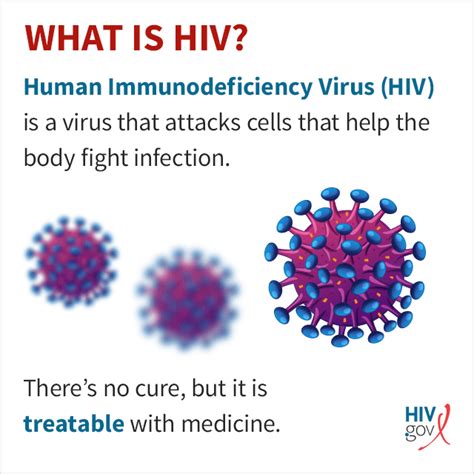The respiratory system is a complex and vital part of the human body, responsible for bringing oxygen into the body and removing carbon dioxide. However, it is also susceptible to various infections and diseases, two of which are influenza (flu) and pneumonia. While both conditions affect the respiratory system, they are distinct and require different approaches to diagnosis, treatment, and management. Understanding the differences between flu and pneumonia is crucial for effective healthcare and prevention of complications.
Influenza (Flu): A Viral Infection
Influenza, commonly known as the flu, is a highly contagious respiratory illness caused by the influenza virus. There are three main types of influenza viruses: A, B, and C, with types A and B being the most common causes of seasonal epidemics. The flu virus spreads through the air when an infected person talks, coughs, or sneezes, releasing droplets that contain the virus. It can also be spread by touching surfaces or objects that have the virus on them and then touching your mouth, nose, or eyes.
The flu typically starts suddenly, with symptoms appearing 1-4 days after exposure to the virus. Common symptoms include:
- High fever
- Chills
- Cough
- Sore throat
- Runny or stuffy nose
- Headache
- Fatigue
- Muscle or body aches
- Diarrhea and vomiting (more common in children than adults)
Most people with the flu can recover on their own with rest, hydration, and over-the-counter medications to relieve symptoms. However, certain groups, such as older adults, young children, and people with chronic health conditions, are at higher risk for complications, such as pneumonia, bronchitis, sinus and ear infections, and even death.
Pneumonia: A Potentially Life-Threatening Infection
Pneumonia is an infection that inflames the air sacs in one or both lungs, which can fill with fluid, making it difficult for oxygen to reach the bloodstream. It can be caused by bacteria, viruses, or fungi, and its severity can vary from mild to life-threatening. Pneumonia can be community-acquired, meaning it is contracted outside of a hospital, or hospital-acquired, which is more common in people with weakened immune systems or those who are using ventilators.
Symptoms of pneumonia can vary depending on the cause, age, and overall health of the individual, but common signs include:
- Cough, which may produce phlegm
- Fever, chills, and sweating
- Shortness of breath
- Chest pain that worsens with deep breathing or coughing
- Fatigue
- Loss of appetite
- Confusion, especially in older adults
Unlike the flu, pneumonia requires medical attention, especially if symptoms are severe, worsen over time, or if the individual belongs to a high-risk group. Treatment for pneumonia depends on the cause and may include antibiotics for bacterial pneumonia, antiviral medications for viral pneumonia, and rest, hydration, and oxygen therapy to manage symptoms and support the body’s recovery.
Key Differences Between Flu and Pneumonia
While both the flu and pneumonia are respiratory infections, there are key differences between them:
- Cause: The flu is caused by the influenza virus, while pneumonia can be caused by bacteria, viruses, or fungi.
- Symptoms: Although there is some overlap, pneumonia tends to cause more severe symptoms, such as high fever, chills, and difficulty breathing, which are not typically seen with the flu.
- Risk of Complications: Both conditions can lead to complications, but pneumonia, especially if caused by bacteria, can be more severe and life-threatening, particularly in vulnerable populations.
- Treatment: The flu is usually managed with rest and over-the-counter medications for symptom relief, while pneumonia often requires more aggressive treatment, including antibiotics or antiviral medications, depending on the cause.
- Prevention: Vaccines are available for both the flu and certain types of pneumonia, emphasizing the importance of preventive measures to reduce the risk of infection.
What are the most common complications of the flu?
+The most common complications of the flu include pneumonia, bronchitis, sinus and ear infections. In severe cases, it can lead to more life-threatening conditions such as acute respiratory distress syndrome (ARDS), especially in high-risk groups like older adults, young children, and people with chronic health conditions.
Can pneumonia be prevented?
+How long does it take to recover from the flu and pneumonia?
+Recovery time for the flu and pneumonia varies. Most people with the flu can recover within 1-2 weeks, but fatigue and weakness may linger. Recovery from pneumonia can take longer, typically 1-3 weeks for mild cases, but it can be several weeks or even months for more severe cases, especially in older adults or those with underlying health conditions.
In conclusion, understanding the differences between the flu and pneumonia is crucial for effective diagnosis, treatment, and management of these respiratory infections. While both conditions can be serious, especially in high-risk populations, their causes, symptoms, risk of complications, and treatment approaches are distinct. Preventive measures, such as vaccination and good hygiene practices, play a significant role in reducing the risk and impact of these infections. By acknowledging and addressing these differences, individuals can better protect themselves and seek appropriate medical care when needed, ultimately reducing the burden of these respiratory illnesses on individuals and communities.


